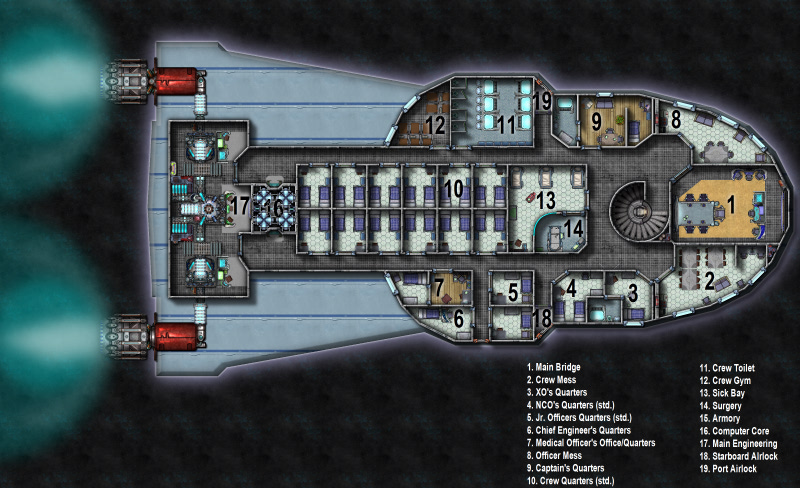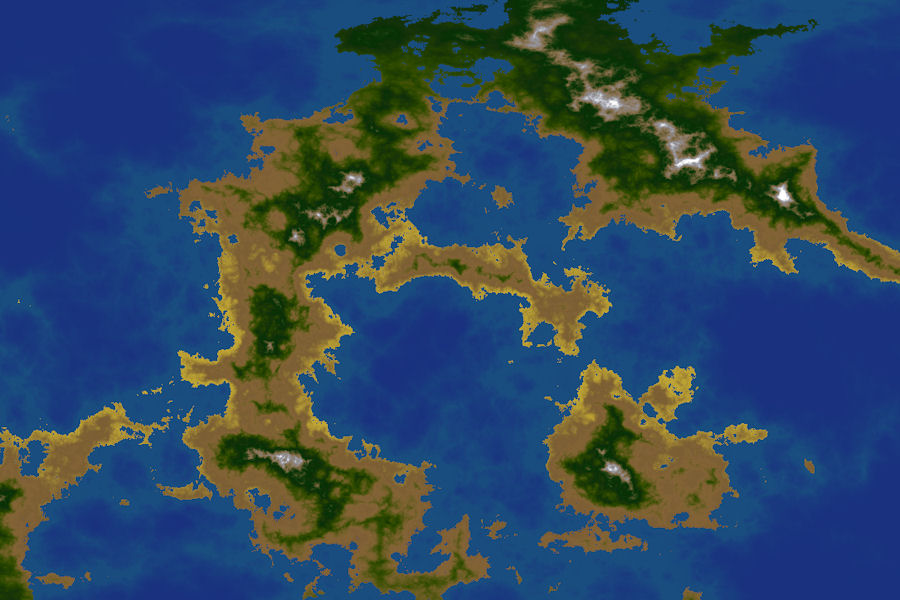Simon Rogers | November 25, 2014 | Newsletter
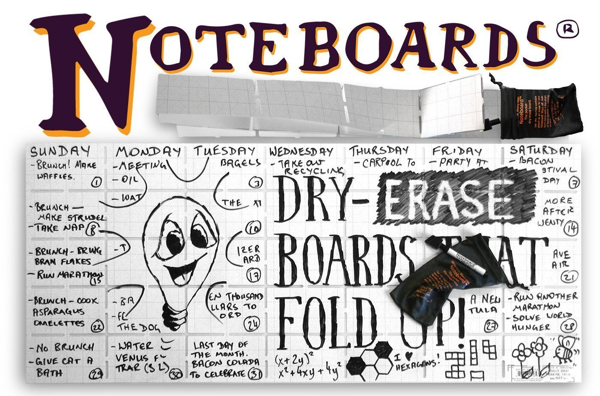 It’s been a while since our last newsletter – we’ve been focused on getting CC3+ ready for release. This month features an exclusive offer on a great piece of map-making kit – The Noteboard, an update on CC3+ and video resources.
It’s been a while since our last newsletter – we’ve been focused on getting CC3+ ready for release. This month features an exclusive offer on a great piece of map-making kit – The Noteboard, an update on CC3+ and video resources.
News
Resources
Map-making Articles
2 Comments
Simon Rogers | November 25, 2014 | Noteboard
Special Offer: Until next Monday you can get 17% off two or more Noteboards from thenoteboard.com or amazon.com. That’s 2 for $20. Use this voucher code at payment: ACR7CVRC
We love maps here at ProFantasy Software, but not just the computer generated kind (which we really, really love). We also love hand drawn scribbles, dungeon tiles, battlemats and Google Maps. So, when two of my game group brought this wonderful accessory to our gaming session, I was impressed. All tucked away, it looks like this.

It’s The Noteboard, a durable, portable dry-erase whiteboard, which folds into a pouch which you can use as an eraser.
In use, it looks like this:

I rushed onto the internet to buy one and, long story short, Ralf, Mark and I bought the company from the founder.
Here is a video review of the Noteboard over on Play Unplugged.
Here are some examples of the Noteboard in use – the first from Kevin Kulp
The second from Korvar the Fox
Simon Rogers | November 21, 2014 | Campaign Cartographer, CC3, development
The next version of Campaign Cartographer, CC3+, is in late beta. We were hoping for a release this year, but that’s looking less likely. You can read about the new version here. 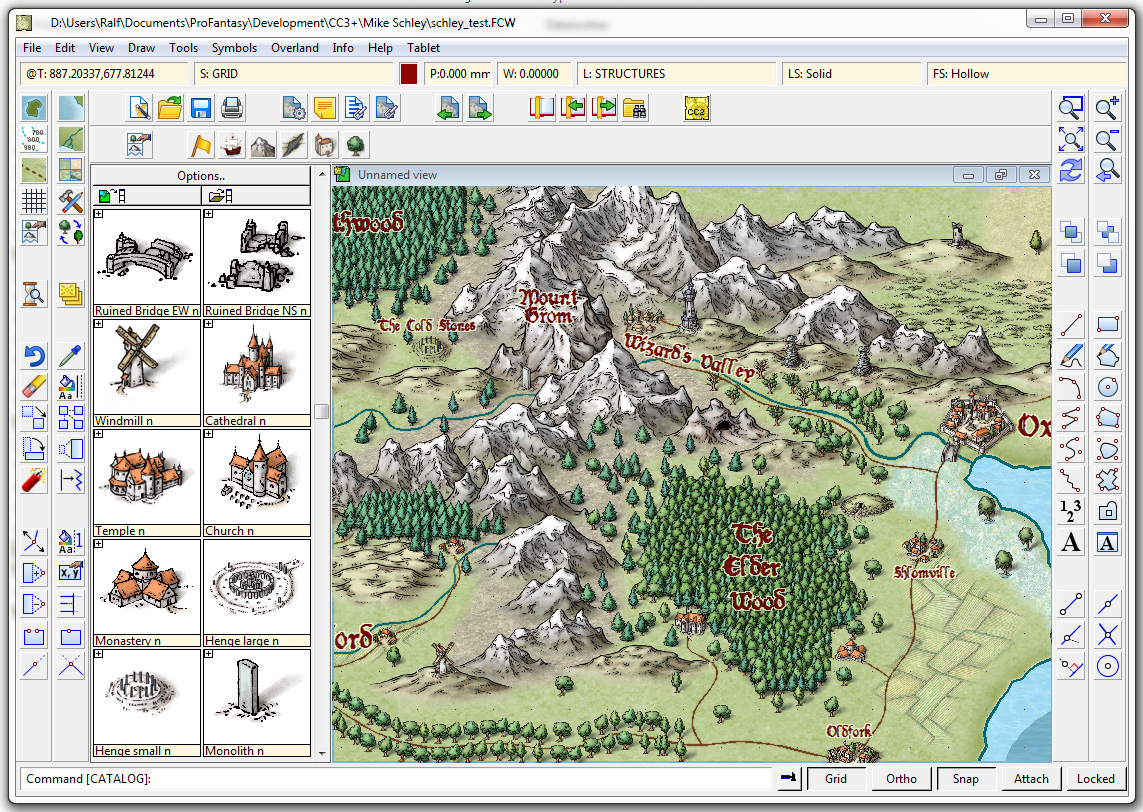
We’ve got two show-stopping bugs to deal with before we release the CC3+ beta to a wider audience.
Who is this audience?
We released Character Artist 3 this time last year, and until 1st January 2014 offered free CC3+ upgrade protection to purchasers. Character Artist 3 users will be able to download the beta version and give us feedback as soon as our two big bugs are dealt with. It’s impossible for us to tell when that will be, but I hope it’s in the next couple of weeks. If you are in this category, we’ll send you an email, and update your registration page with the new version. When the new version is finished, you’ll get a new update.
When this wider beta test is completed, we’ll release the upgrade, but we absolutely don’t want to release it until we are sure it’s solid on all operating systems.
15 Comments
ralf | November 3, 2014 | Alyssa Faden, Annual, overland
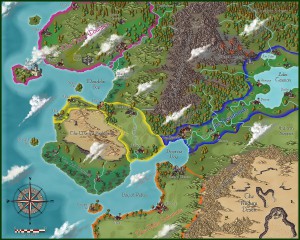 We’ve been following Alyssa Faden’s wonderful map-making work on the internet and have extremely please to now see her great artwork in the Annual 2014. With the November issue, you can create overland maps in Alyssa’s style, including her signature floating clouds.
We’ve been following Alyssa Faden’s wonderful map-making work on the internet and have extremely please to now see her great artwork in the Annual 2014. With the November issue, you can create overland maps in Alyssa’s style, including her signature floating clouds.
The Annual issue includes more than 250 symbols, 16 bitmap fills, 40 drawing tools, as well as a 6-page mapping guide to follow along.
As a subscriber you can download the November Annual issue from your registration page. If you haven’t subscribed to the Annual 2014, you can do so here.
1 Comment
ralf | August 11, 2014 | convention, GenCon
 The bags are packed and we are ready to head out across the pond to Indianapolis. What for? GenCon of course, the best four days in gaming!
The bags are packed and we are ready to head out across the pond to Indianapolis. What for? GenCon of course, the best four days in gaming!
As always ProFantasy will be sharing the booth with Pelgrane Press. Like last year we are right at the front of the hall: Booth 101 across from Paizo and Pathfinder. Come find us there, to get the latest products and news. See you in Indy!
1 Comment
ralf | July 17, 2014 |
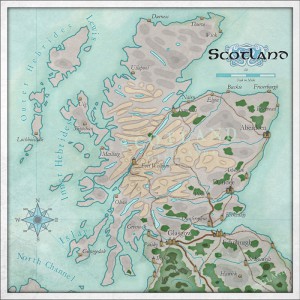 Dear Cartographers, welcome to the July newsletter!
Dear Cartographers, welcome to the July newsletter!
An update on CC3+, new issues of the annual, and great maps from our users are highlights of this month’s newsletter.
And for a limited time, we are offering our four symbols sets at chunky 25% off from the ProFantasy Store.
News
Resources
Map-making articles
1 Comment
ralf | July 15, 2014 | competition, lairs
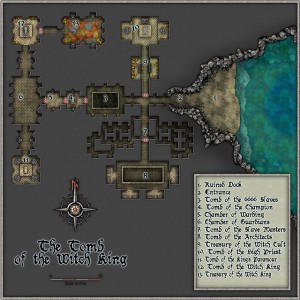 We are very happy to announce the winners of our recent “Lairs” competition. This time we asked Annual contributor and accomplished fantasy cartographer Pär Lindström to be our judge. Here’s his verdict:
We are very happy to announce the winners of our recent “Lairs” competition. This time we asked Annual contributor and accomplished fantasy cartographer Pär Lindström to be our judge. Here’s his verdict:
I was asked by Simon to be the Judge in the latest competition (April to June 2014). I gladly accepted, and actually felt quite honoured that he asked me.
First of all I must say that I am impressed by the overall quality that the community has, and selecting one winning piece wasn’t an easy task.
When deciding which map I thought was the best I looked for what I would have liked to see in an adventure. That didn’t really make the choice easier but after having looked at the maps for a long time there were three maps that kind of stuck out. The Tomb of the Witch-King, the Necromancer’s lair and the Troglodyte lair.
And in the end, having to choose between three very good maps, I decided for The Tomb of the Witch-King as the winner. What I really like with that map is the general layout, the flow of the map. Also the water makes a very good contrast to the rest of the map which makes it catch your eyes. When I look at it I really want to use it for my players to explore, which usually is my children, and maybe having them fight a skeleton or two.
Congratulations to our winner Gary Barker (Raiko), who receives an Unlimited Patron License, meaning he’ll be automatically getting any past and future Campaign Cartographer-related ProFantasy products for free.
And not to forget the runners up: Oliver Piotrowski (o1i) with For his Necromancer’s Lair and Flavio Hickel (anomiecoalition) with the Troglodyte Lair. They each win a $100 voucher for the ProFantasy web store.
Thanks to all participants for your amazing work!
-

-

-
Troglodyte Lair
-

-
Necromancer’s Lair
Simon Rogers | July 3, 2014 | Annual, user maps
Whether you want a world overview, and solar system map, a starship deckplan, or a map of a star empire many light years across, we have the software for you. CC3 has limited SF facilities alone, though you can certainly do an old-style Traveller map, but Fractal Terrains, Cosmographer 3, symbol sets and Annuals, you have a much wider array.
This map is created with CC3 plus the August issue of the Cartographer’s Annual 2013.
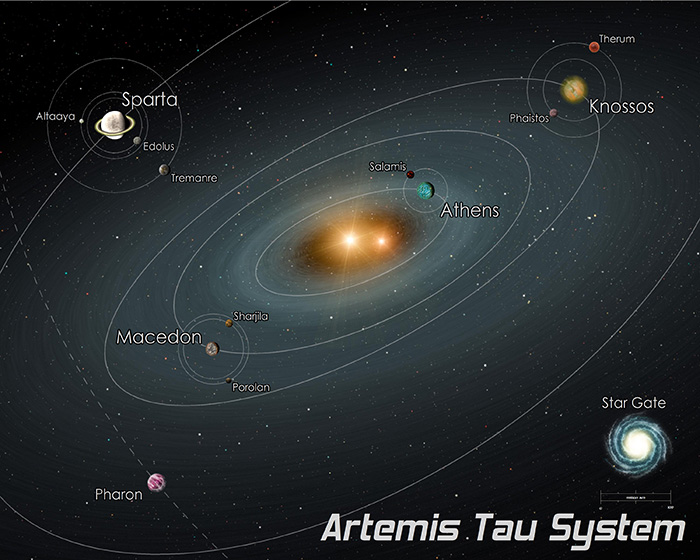 This sector map was created with Created with Cosmographer 3 and CC3 for Ashen Stars.
This sector map was created with Created with Cosmographer 3 and CC3 for Ashen Stars.
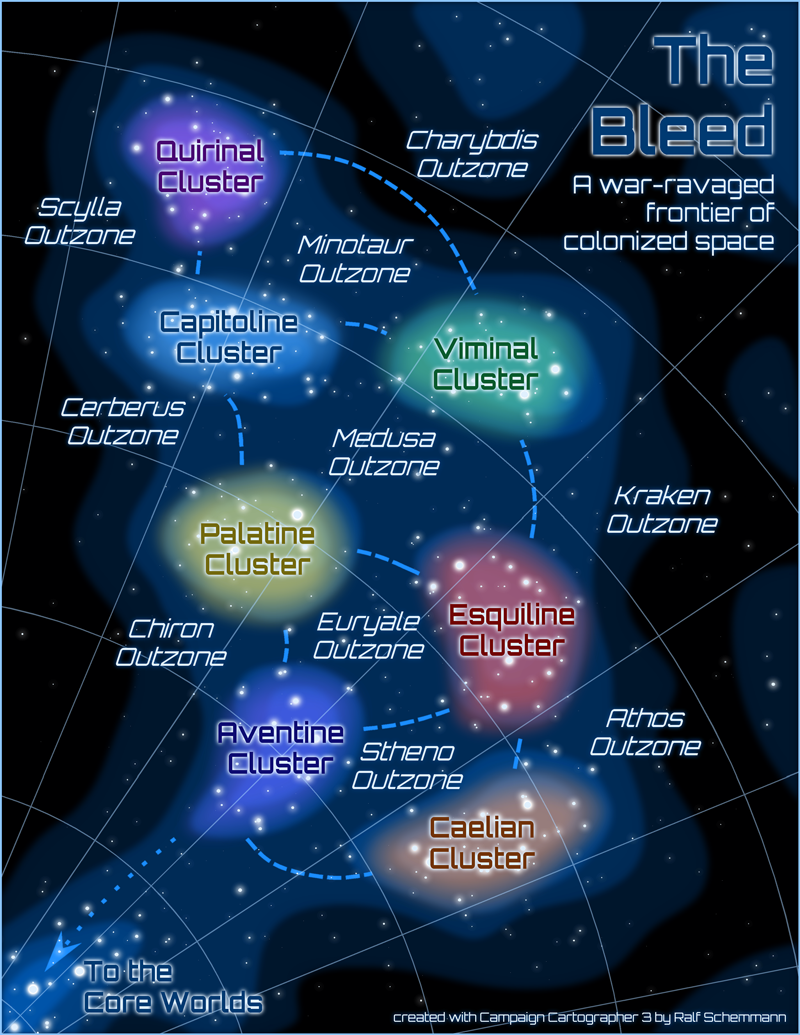
Created with Cosmographer 3 and CC3 for the Traveller RPG. More here.
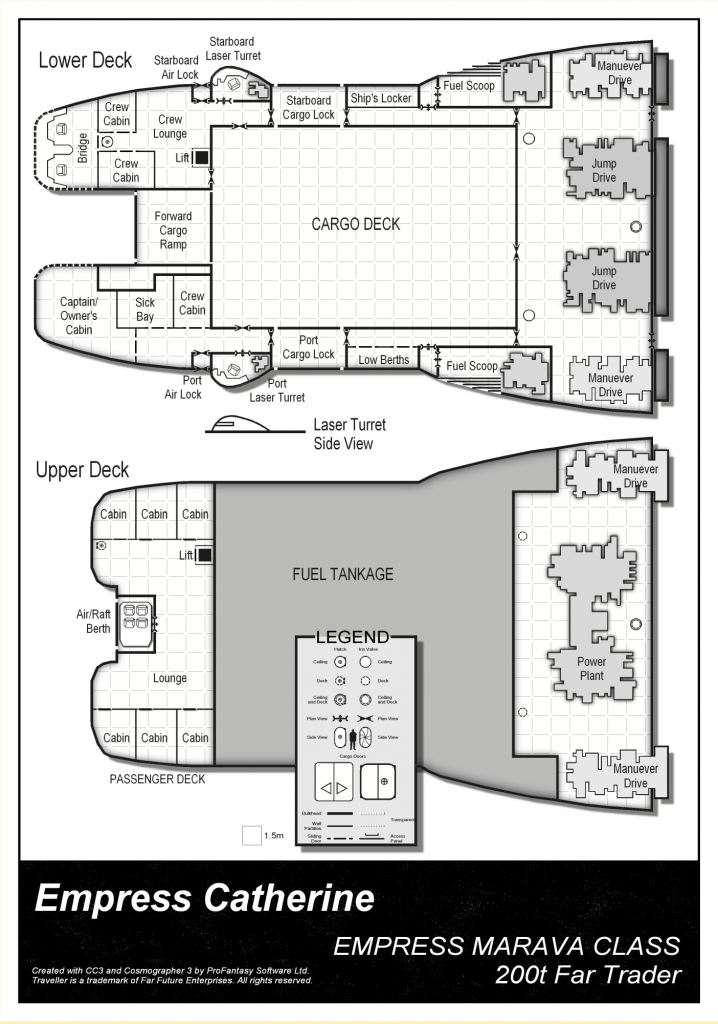 Created with Cosmographer 3 and CC3 for Ashen Stars
Created with Cosmographer 3 and CC3 for Ashen Stars
Cosmographer 3 calculates and shows 3D distances for star systems as in the small isometric sample.

Created with Cosmographer 3 and CC3
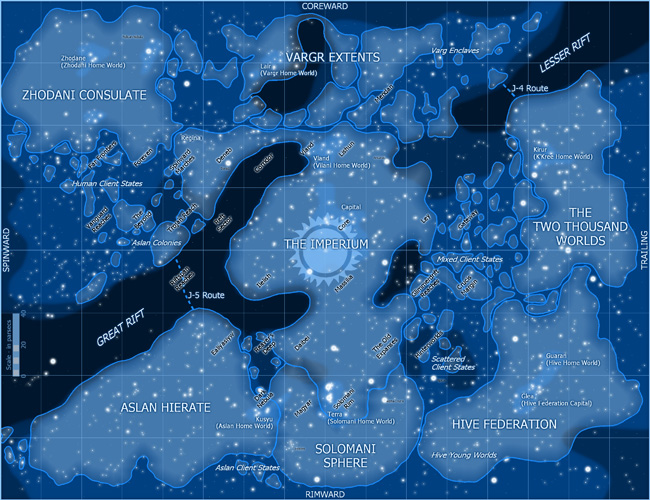
Created with Cosmographer 3 and CC3
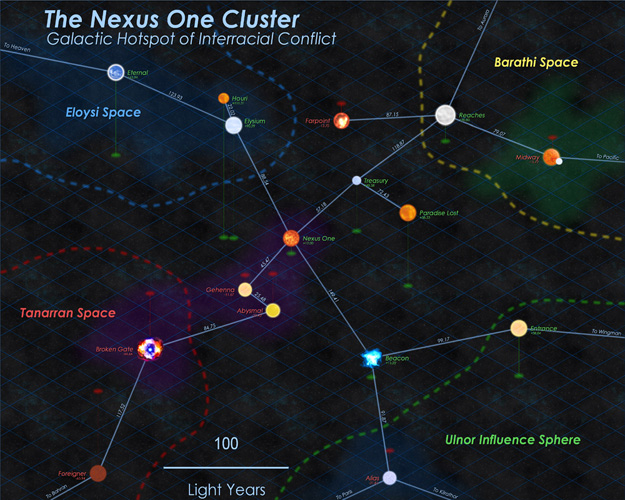
Top down satellite cartography with CC3 and Annual 2012.

Created by forum user Micco40 in about ten minutes using FT3 and CC3.
1 Comment
ralf | July 1, 2014 | historical, overland, worthington
 The July Annual introduces a new contributor to our subscription: Steff Worthington, who’s beautiful map artwork you can peruse on his WordPress page.
The July Annual introduces a new contributor to our subscription: Steff Worthington, who’s beautiful map artwork you can peruse on his WordPress page.
Inspired by one of his maps – a depiction of Athurian quasi-historical Britain – the style produces clear, legible and very beautiful maps. They are based on a selection of bitmap textures, accentuated by a small selection of symbols and careful text labelling. Take a look at the example map of Scotland (done in CC3) shown here and compare it to Steff’s original artwork.
As a subscriber you can download the June Annual issue from your registration page. If you haven’t subscribed to the Annual 2014, you can do so here.
Comments Off on Cartographer’s Annual – July: Worthington Historical Maps
Simon Rogers | May 20, 2014 |
You can create a wide range of dungeons and floorplans with CC3 and its add-ons and symbol sets. This article shows you a selection, and the software you need to create them. Dungeon Designer 3, Symbol Set 2 and Symbol Set 4 have an extended set of dungeon symbols, the Annuals and CC3 have a more restricted selection.
While it’s featured in Cartographer’s Annual Vol 1, this inn is created with CC3 plus Dungeon Designer 3 (DD3).
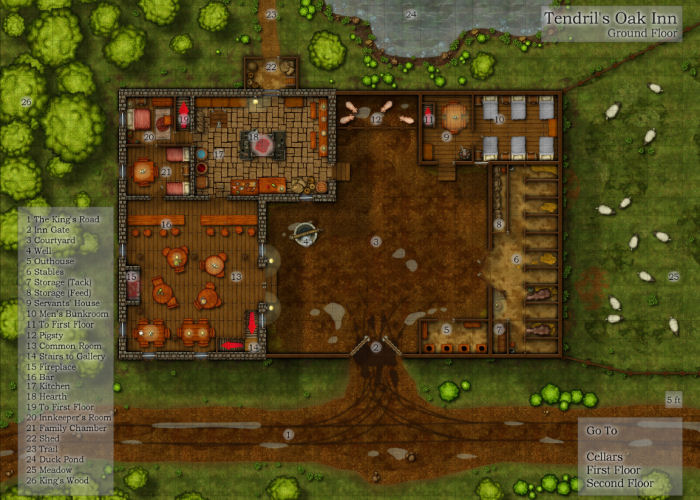
Tendrill’s Oak Inn – created with CC3 and DD3
This next four images were created with Symbol Set 2: Fantasy Floorplans plus CC3.

Temple of the Fire Demon

Gothic Cathedral
A close up of the cathedral.
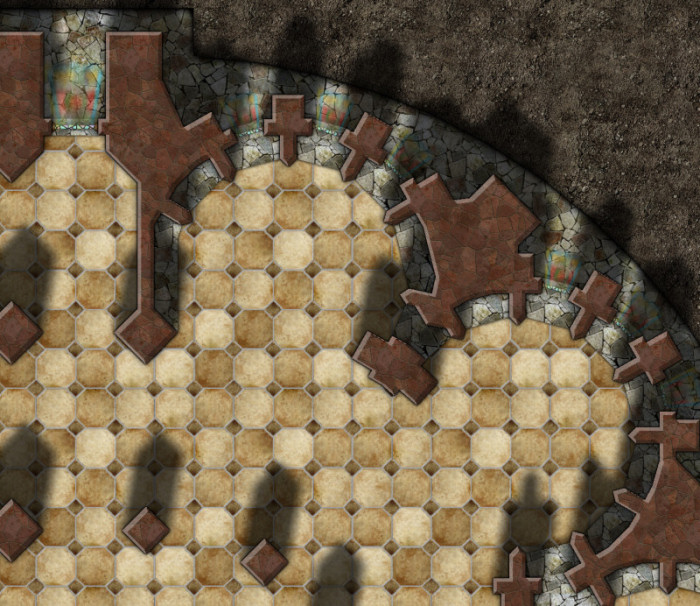
Cathedral Close-up

Chesery’s lair
Another black and white style created with CC3 plus Cartographer’s Annual Vol 4
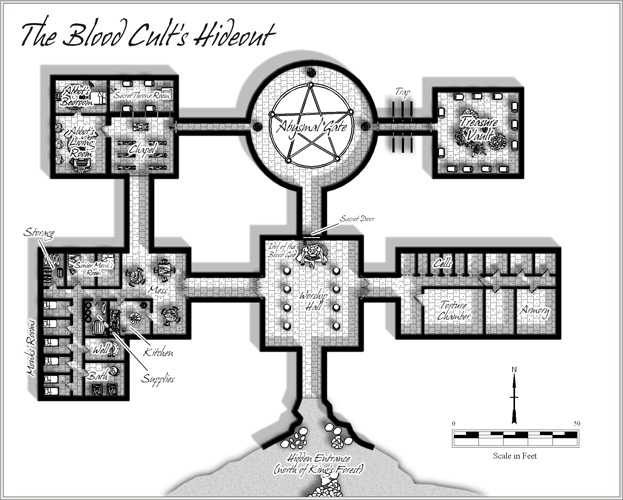
The Blood Cult’s Hideout
This map was created by master cartographer Jon Roberts using Cc3 with Cartographer’s Annual Vol 5.

Jon Roberts Dungeons – Jon Roberts Dread Dungeon
This vertical dungeon was created with Cc3 and Cartographer’s Annual Vol 5.

If you want 3D view, this amazing isometric view created by Herwin Wielink is for you.
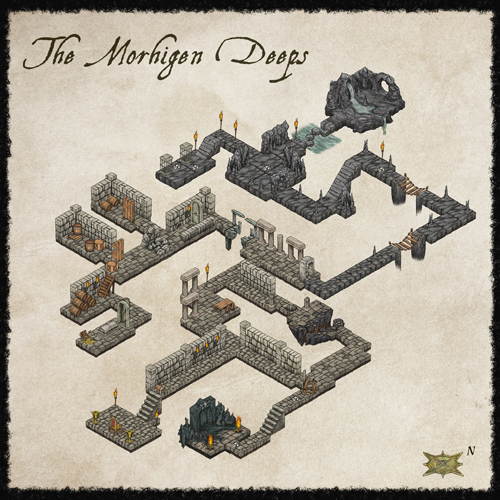
Isometric Dungeon
Here are a selection of images from our latest and greatest symbol set – Symbol Set 4: The Dungeons of Schley.
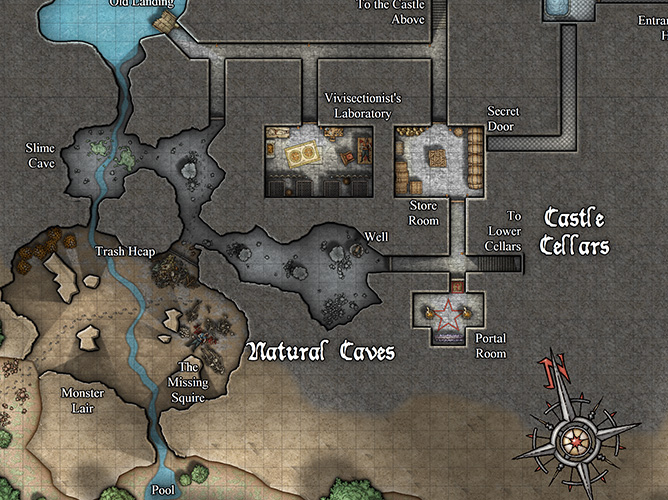
Dungeons of Schley
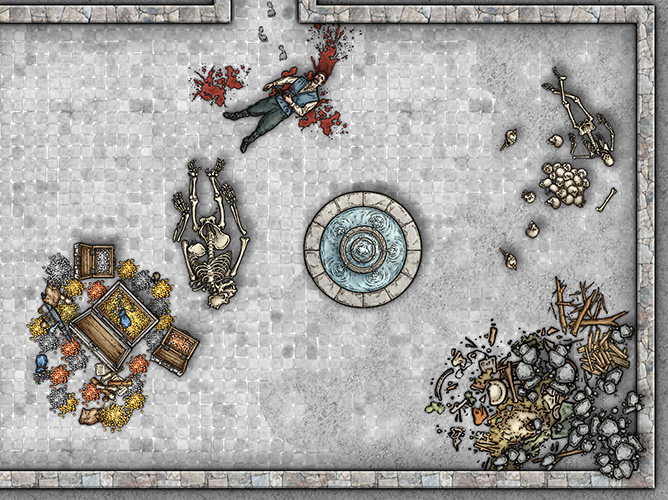
Dungeons of Schley – Detail
And finally, for that old-school look we have the The Cartographer’s Annual Vol 1 style feature in “how to create a drawing style”
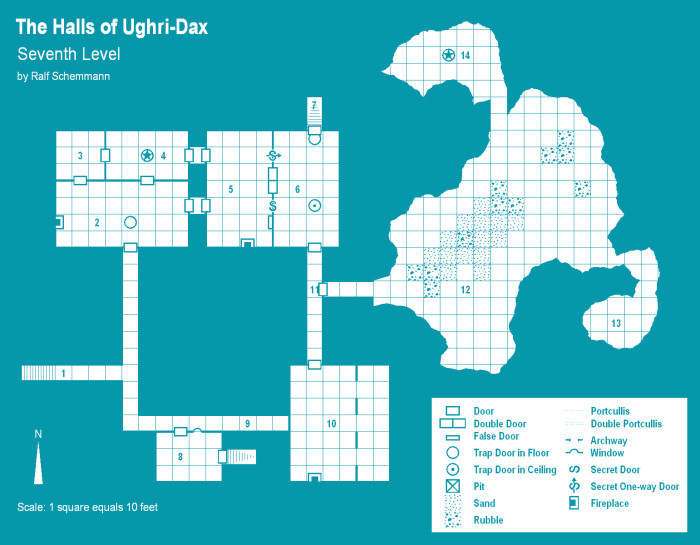
Old School Dungeon
 It’s been a while since our last newsletter – we’ve been focused on getting CC3+ ready for release. This month features an exclusive offer on a great piece of map-making kit – The Noteboard, an update on CC3+ and video resources.
It’s been a while since our last newsletter – we’ve been focused on getting CC3+ ready for release. This month features an exclusive offer on a great piece of map-making kit – The Noteboard, an update on CC3+ and video resources.














